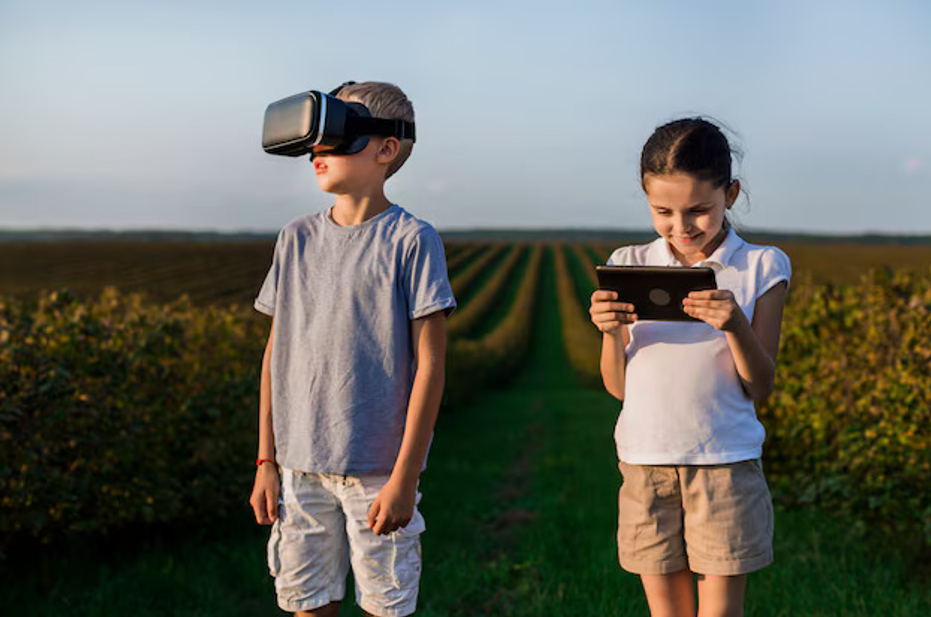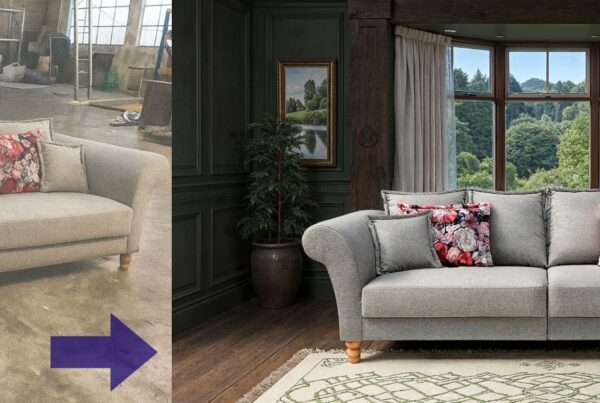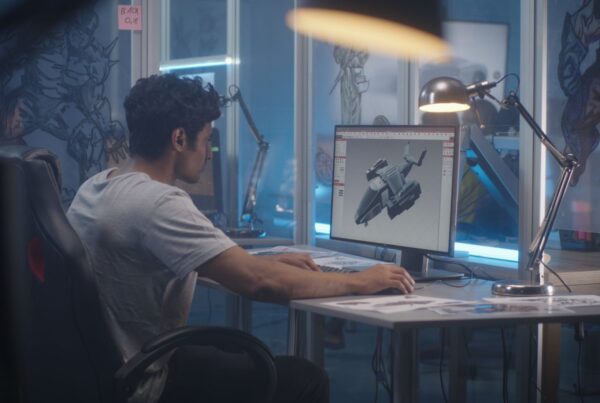In an increasingly digital world, augmented reality (AR) has emerged as a groundbreaking technology in recent years. By combining digital images with reality, AR provides an immersive virtual experience to the tangibility of the real world. Tech companies have been exploring AR in their latest, cutting-edge devices; the Apple Vision Pro is one of the newest innovations, hopping onto the AR trend by overlaying digital displays onto the wearer’s environment when wearing the headset. It’s not just technological marvels using this AR; toys and robot pets have become more intertwined with AR, offering younger and older audiences a new way of playing and interacting with technology. These high-tech AR toys and robots merge the fun and comfort of play while teaching users technological capabilities from which they can benefit. In today’s article, we’ll take a look at AR and its development in toys and robot pets.
A short introduction to AR
Augmented reality (AR) is generally defined as real-world experiences enhanced by computer-generated digital information using computer hardware and software: think apps, screens, consoles, and projections, to name a few. These AR-enabled technologies would have a camera that parses information from a video feed to identify the user’s physical environment and the objects around the user. The AR device then downloads information (like images) and superimposes this on surrounding objects using markers or trackers like GPS and sensors, allowing users to interact with the 3D projection.
One of the most common experiences most people have with AR is using smartphone camera filters. When we direct our cameras to ourselves, the technology identifies us as the “object” in our environment and projects information onto us—say, a pair of sunglasses, a funny wig, or a new makeup look—blurring the lines between digital and physical realities. AR is already successfully used across different industries such as education, medicine, gaming, marketing, architecture and home design, fashion, and industrial manufacturing. With AR toys, users can enjoy a deeper, richer, and potentially more informative playing experience that goes beyond the limits of our physical world.
Robot pets
Robot pets often resemble real dogs, cats, and other common pets. They react to commands and interactions like real animals would; for instance, Joy For All robot pets are often provided to older adults to bring comfort and companionship to those who want the experience of having a pet but can’t care for a real one. However, robot pets have also leaned into the tech space, from aesthetics to features, and AR is becoming more integrated into the devices. The Tekno Newborns Robotic Kitty robot pet showcases how high-tech robot pets can provide a novel experience compared to realistic ones. It’s popular among kids thanks to its futuristic and toy-like features, and it also comes with more play options thanks to AR. Its accompanying AR app combines physical and digital play, allowing users to use the tech to play games or dress the robot pet virtually. AR in robot pets offers fun and novel ways of interacting with the pet beyond talking and touching.
Toys
With AR becoming more widely adopted in the tech world and beyond, many toy companies have been experimenting with the technology and seeing how it can enhance or complement playtime. Companies like PlayShifu have released AR toys, combining physical items with digital screens for a ‘phygital’ experience. The Tacto game kits, which include Tacto Chess, Tacto Classics, and Tacto Coding, combine AR technology with physical figurines and pieces for a novel and immersive game experience. Education-based offerings like coding are also available, allowing kids to make the most of their screen time by learning something new while having fun. AR toys also enable kids to engage with items from their favorite franchises, such as the beloved cartoon Paw Patrol. AR and 3D platform Poplar Studios and entertainment company Spin Maker joined forces to create an AR experience to showcase Paw Patrol toys, using AR to simulate the size and look of the toy and virtually interact with it. Holotoyz has also come up with Paw Patrol merchandise like temporary tattoos and stickers that can come to life with an AR app that they were stuck onto, creating a unique play experience with a familiar toy.
What’s next?
Technology has come a long way but still has room for growth. While AR is already quite advanced, there may be more changes that can enhance its use and make it more realistic. Toys and robot pets are also a new frontier for AR. However, the technology has yet to be widely adopted. Parents are still learning about tech safety for kids, and older people may take time to understand how it works. However, as the two industries evolve, AR in toys and robot pets may become increasingly common in the future.
Written by JB Louis for mazingxr.com





